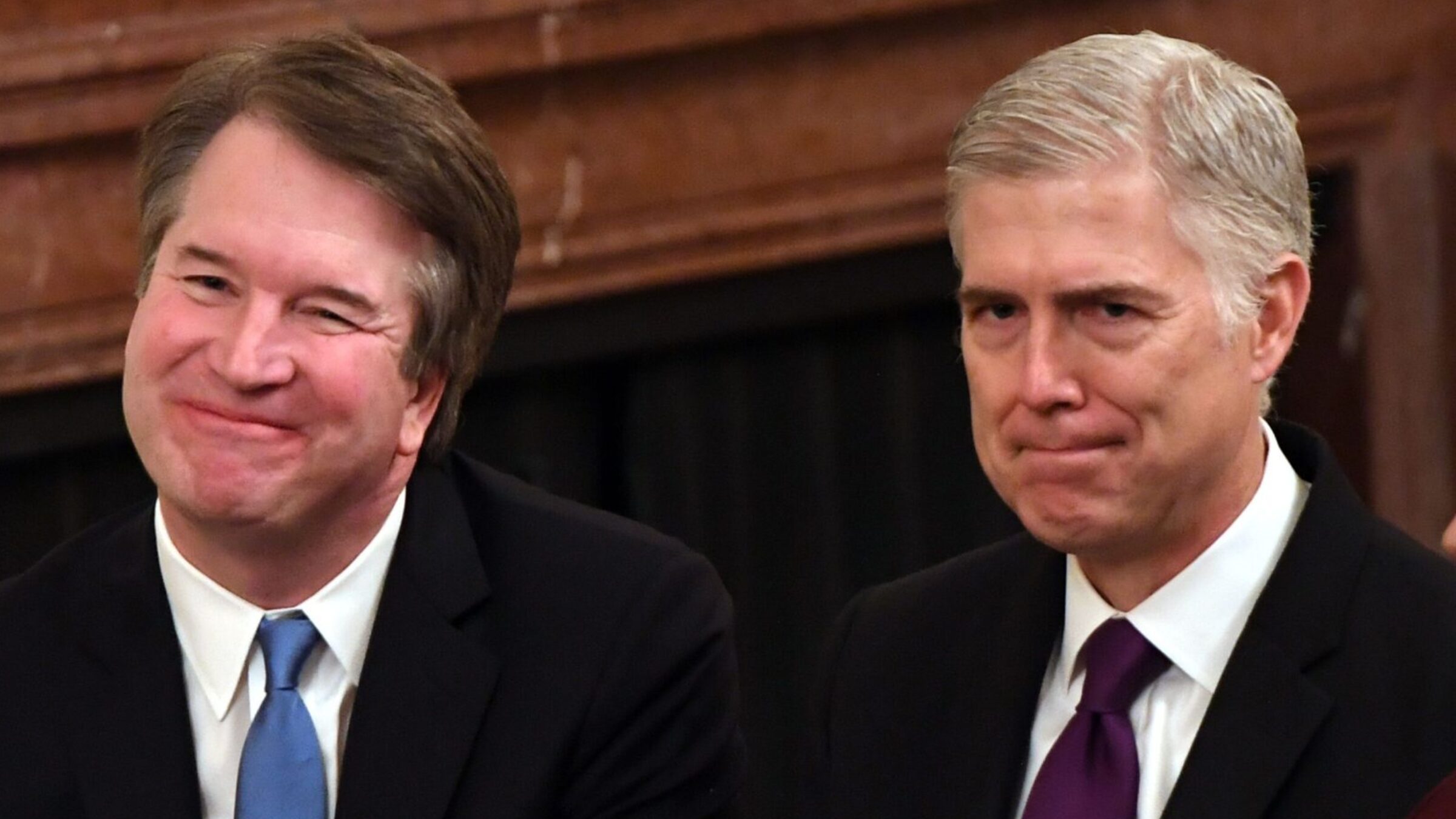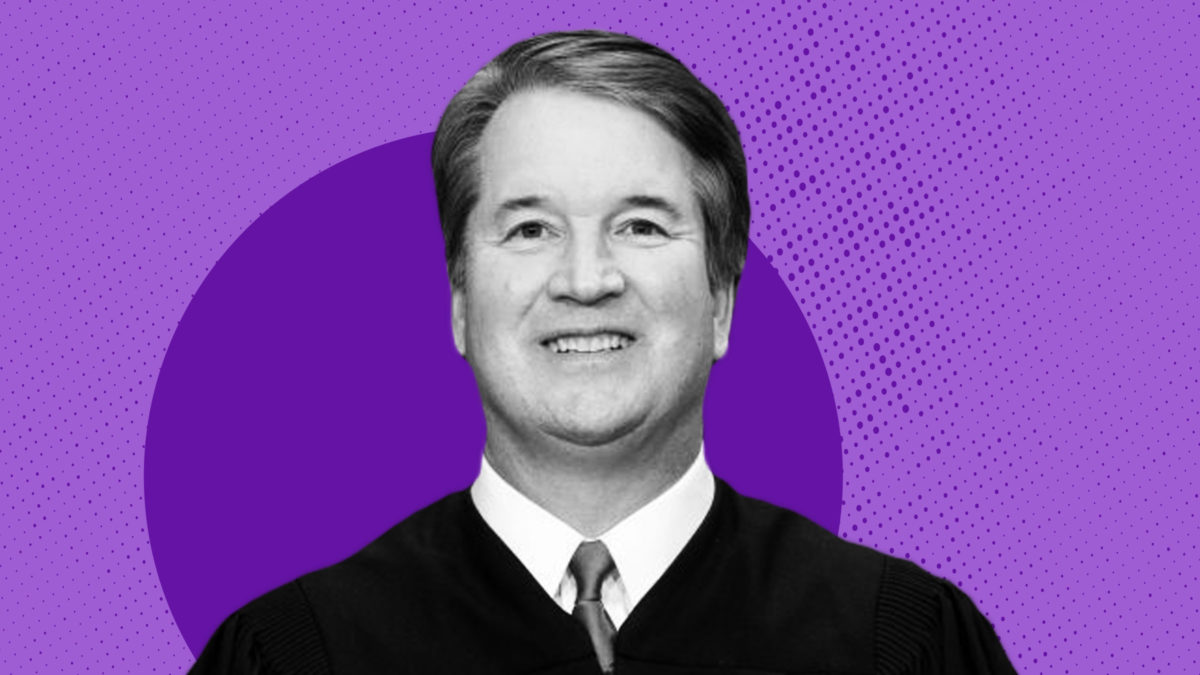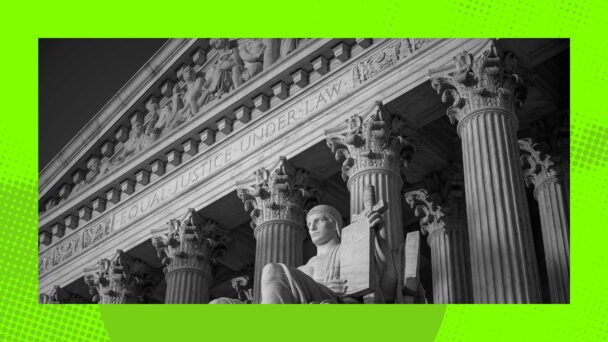On Wednesday, the Republican bloc of the Supreme Court issued a two-paragraph shadow docket order allowing President Donald Trump to fire three members of the Consumer Product Safety Commission, the federal agency created by Congress to ensure that the stuff the public buys doesn’t kill us. Since the CPSC needs to make decisions based on public safety and not political pressure, federal law prohibits presidents from removing its commissioners without cause. Yet Trump did precisely that in early May, a few days after commissioners appointed by President Joe Biden warned that the significant cuts Trump proposed to the agency’s staff would “increase the risk to the public of consumer product injuries and deaths.”
The commissioners sued, and won a court order blocking the removals soon thereafter. But then the Trump administration appealed and filed an emergency motion asking for permission to fire the commissioners anyway—ostensibly just for now, by lifting the order while the appeal is pending. Because being forced to follow longstanding, directly applicable law is not an emergency, lower courts rejected the request. “Under the governing law and legal standard, the answer is resoundingly no,” wrote Fourth Circuit Court of Appeals Judge James Wynn. In Trump v. Boyle, the Republicans on the Supreme Court answered yes.
The Court said very little of substance in its order, but what it did write laid bare the supposed flaw in the lower courts’ legal analyses: The district and appeals court judges were operating under the assumption that they are obligated to follow Supreme Court precedent. The Republican justices revealed that assumption to be a mistake, and instead instructed lower court judges to start treating precedents that Republicans have been gradually undermining as, for all intents and purposes, already overturned.
The precedent at issue in this case is Humphrey’s Executor v. United States, a 90-year-old decision that upheld for-cause removal protections for independent agency commissioners: As Justice George Sutherland wrote for the unanimous Court in 1935, the “illimitable power of removal is not possessed by the President.”
Unsurprisingly, a reality TV star famous for telling people “you’re fired” doesn’t care for this. Neither do conservative Supreme Court justices, who have spent years chipping away at the edges of Humphrey’s Executor and trying to make it an exception to a general rule of unrestrained executive authority.
Nevertheless, Humphrey’s Executor is not dead, so lower courts have not treated it as such. In this case, district court Judge Matthew Maddox repeatedly stated that “Humphrey’s Executor remains good law and is binding on this Court.” At the Fourth Circuit, Wynn likewise wrote that Humphrey’s Executor “remains binding on this Court unless and until the Supreme Court overrules it.” Even judges on the reliably right-wing Fifth Circuit shut down attacks on the CPSC and Humphrey’s Executor just last year. “As middle-management circuit judges, we must follow binding precedent, even if that precedent strikes us as out of step with prevailing Supreme Court sentiment,” wrote Judge Don Willett, a Trump appointee. Willett reiterated a few months later that “sentiment is not precedent,” and that lower court judges are “not at liberty to get ahead of our skis and precipitately shrink a Supreme Court decision’s precedential scope.”
The Supreme Court now says otherwise, in an unsigned order from which the three Democratic justices noted their dissent.

(SAUL LOEB/AFP via Getty Images)
In Boyle, the Court’s Republicans contended that the president’s emergency request to fire CPSC commissioners is “squarely controlled by Trump v. Wilcox”—a two-page shadow docket order that the Court issued two months ago. Notably, the order in Wilcox did not actually take any position on the merits of the case, or even mention Humphrey’s Executor. The Wilcox Court did, however, let Trump fire a member of the National Labor Relations Board, despite the existence of statutory protections from presidential removal—leaving the Board without a quorum and Trump’s billionaire buddies free from the burden of recognizing workers’ rights.
In Boyle, the Court said that was enough of a reason to grant Trump’s request: “Although our interim orders are not conclusive as to the merits, they inform how a court should exercise its equitable discretion in like cases,” the order said. Quite literally, the Court’s Republicans are telling lower court judges that actual controlling precedent like Humphrey’s Executor is irrelevant, and that they should predict how the Republicans would like to revise the law instead.
Justice Brett Kavanaugh authored a concurring opinion that revealed more about the new permission structure for lower court judges to push the legal envelope. Although he wrote that “lower courts cannot alter or overrule this Court’s precedents,” Kavanaugh also said that he would have both granted Trump’s request and granted cert before judgment, meaning the Court would go ahead and take up the case now, skipping the normal appeals process. Kavanaugh suggested that going forward, this may be “the better practice” in instances where emergency motions turn on whether the Court will overturn precedent and “there is at least a fair prospect (not certainty, but at least some reasonable prospect) that we will do so.”
The “better practice” he proposes would give ideologically-aligned lower court judges every incentive to remake the law at will. If a lawsuit involves a precedent that a judge doesn’t like, they can just ignore it, shrink it, or say it is no longer good law, thereby teeing up cases in which Kavanaugh can grant cert, helping create conditions in which overruling precedent seems like a “reasonable prospect.” Basically, instead of applying the law, conservative judges can manifest it.
The threadbare silver lining of Kavanaugh’s approach, pointed out by Chris Geidner at Law Dork, is that granting cert would mean moving the case from the shadow docket to the merits docket. That means actual briefing and, hopefully, something resembling actual analysis. But it also means short-circuiting appellate review and, depending on how early an “emergency” motion is filed, potentially turning the Supreme Court into a court of first review. Kavanaugh is reimagining Court precedent and the role of the Court altogether.
The Supreme Court is no stranger to abusing the shadow docket to undermine or even stealth-overturn existing law. And it has on many occasions used its opinions to suggest new legal lines of attack to conservative litigants. But Trump v. Boyle is something new. The Republican justices are sending a message to lower court judges who thought they were obligated to follow Court precedent: Existing law does not actually exist, so go forth and make the conservative legal movement’s dreams come true.





